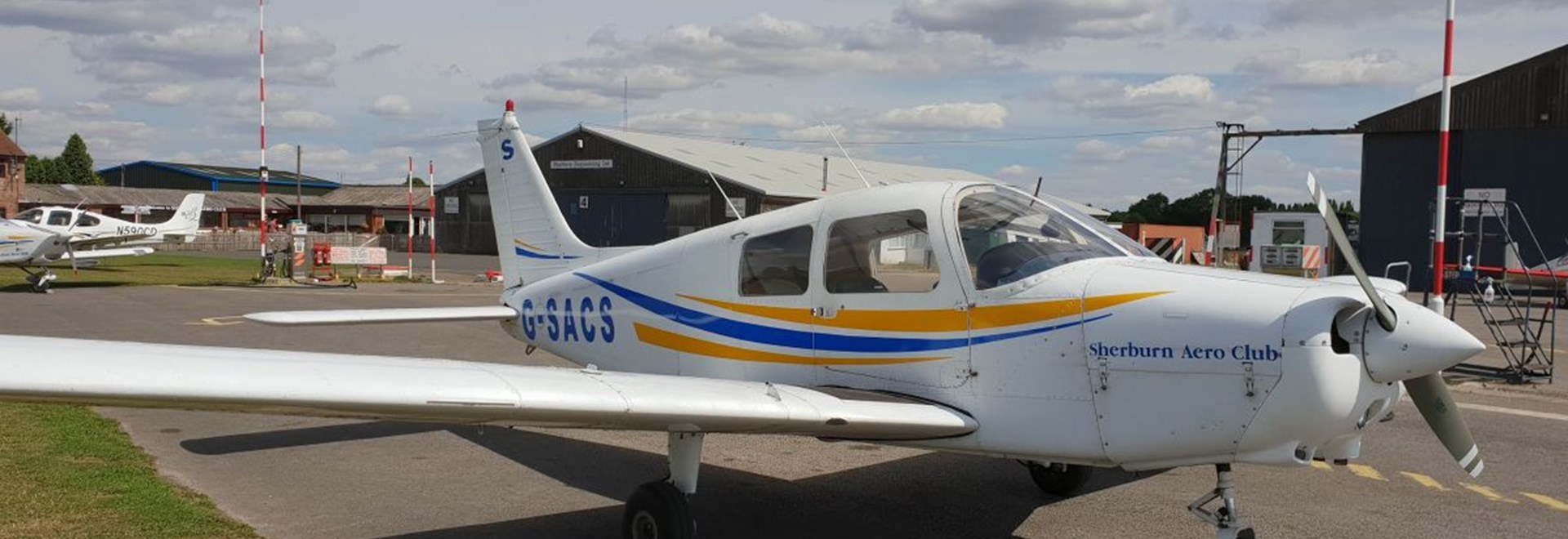Sherburn Airfield Guide

Sherburn Airfield
You’ll find Sherburn Airfield – also known as Sherburn-in-Elmet Airfield – in North Yorkshire, just 5.5 nautical miles west of Selby and 16 nautical miles south east of Leeds Bradford Airport.
Today, the airfield is used as a base for Sherburn Aero Club, which has been running since 1964. Members and visitors alike are welcome at Sherburn Airfield. Flying lessons are available from the Flight Training School, where the fleet includes three Piper Cadets, three Piper Warriors, three Aero AT-3s and one Robin 2160. Or, if you’d prefer to sit back and let someone else take the reins, why not book an experience flight instead?
Please remember that this is just a simple guide to Sherburn Airfield. If you’re planning to land here, you must conduct thorough research and get permission beforehand. Any pilot or passengers flying to Sherburn Airfield do so at their own risk.